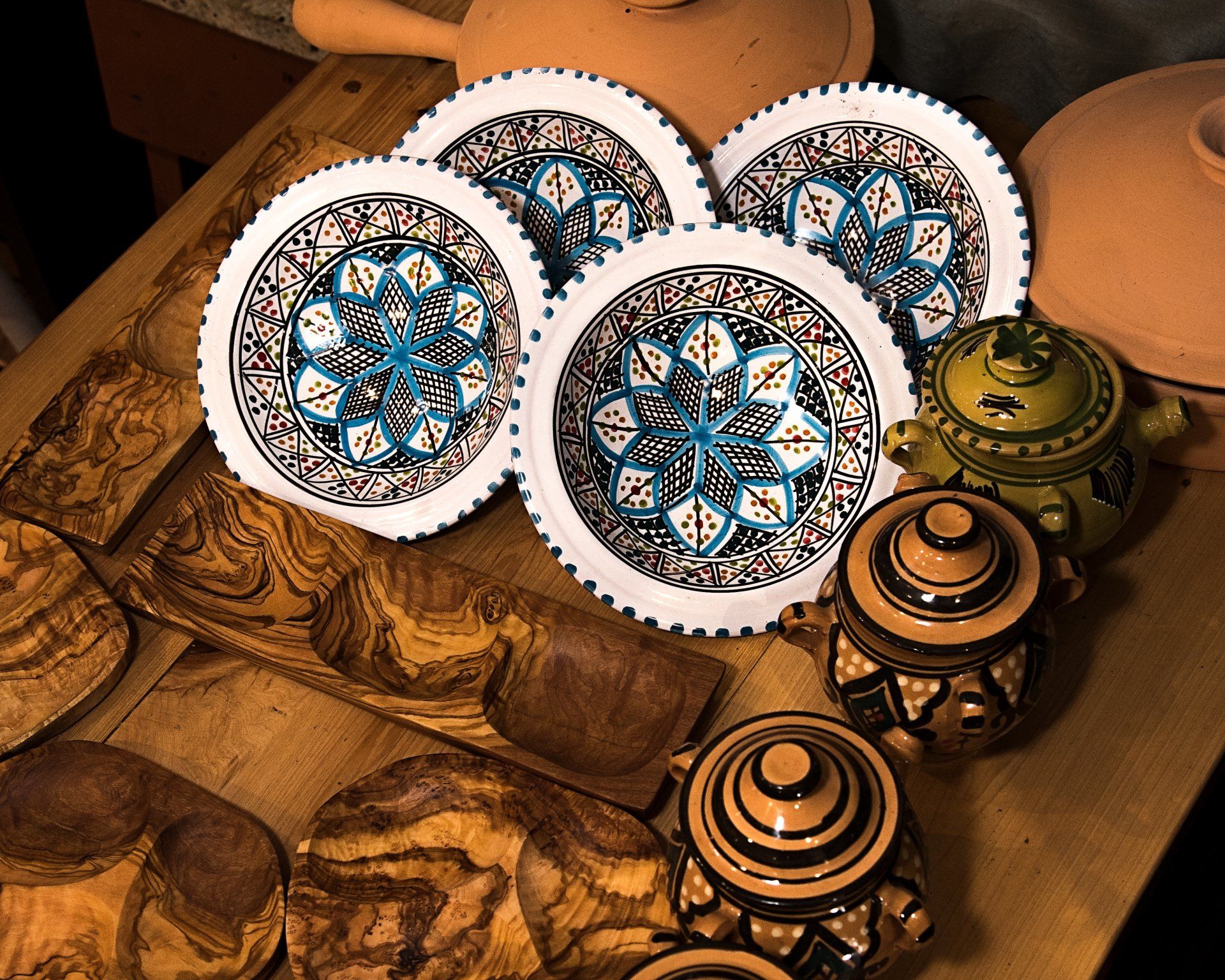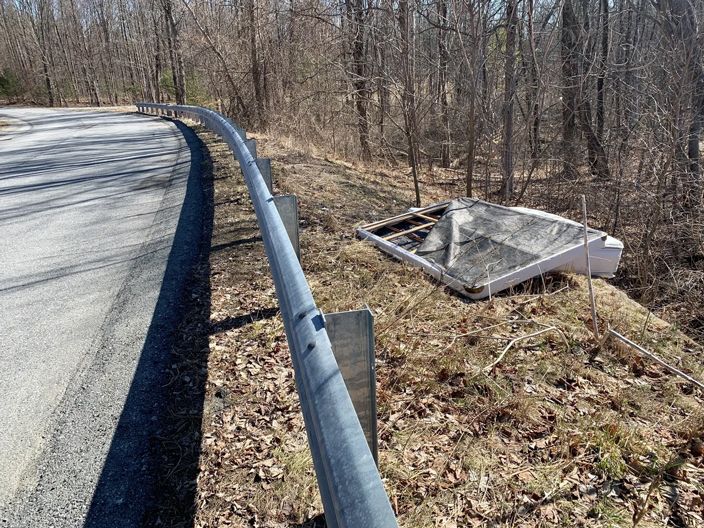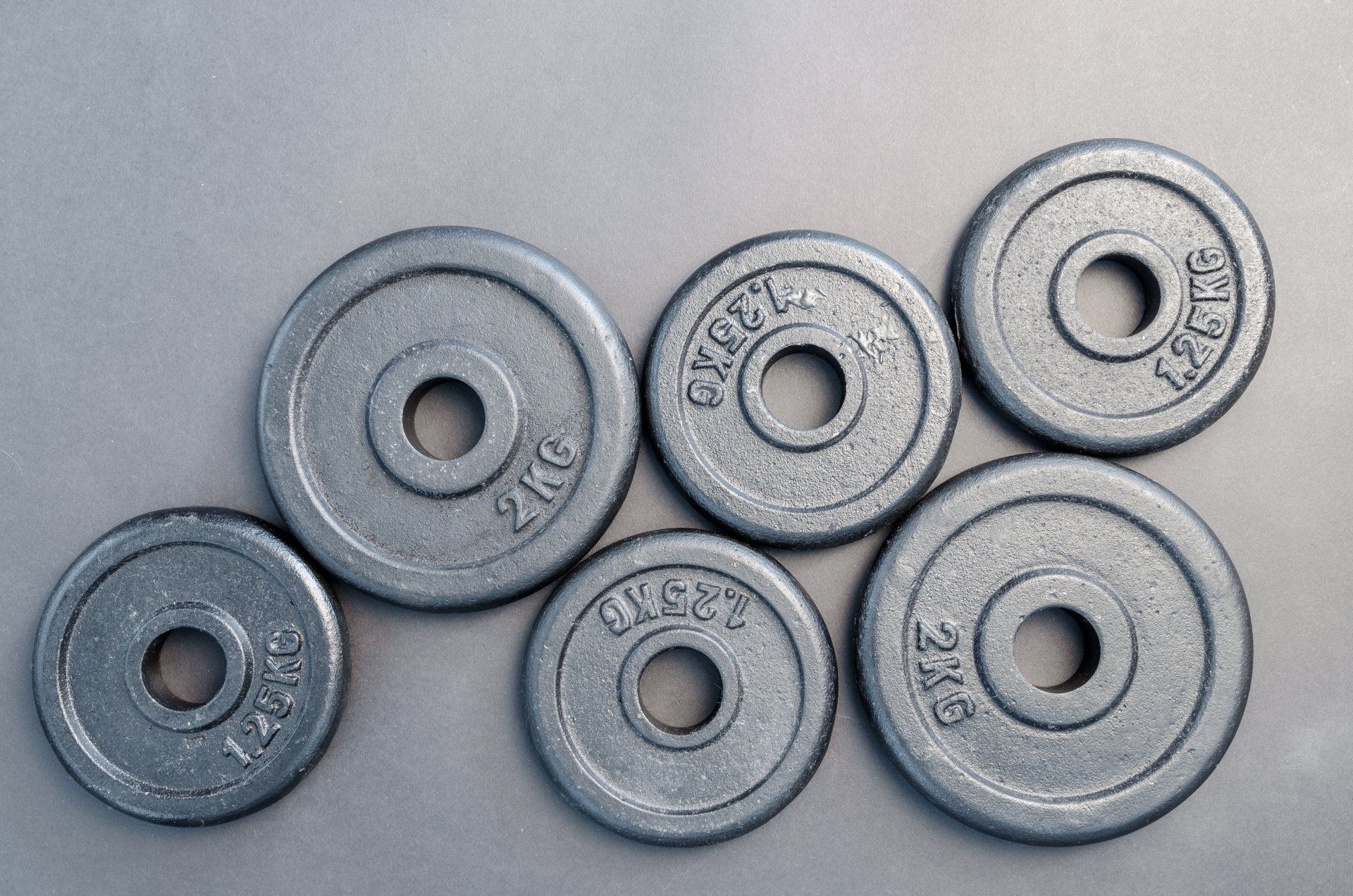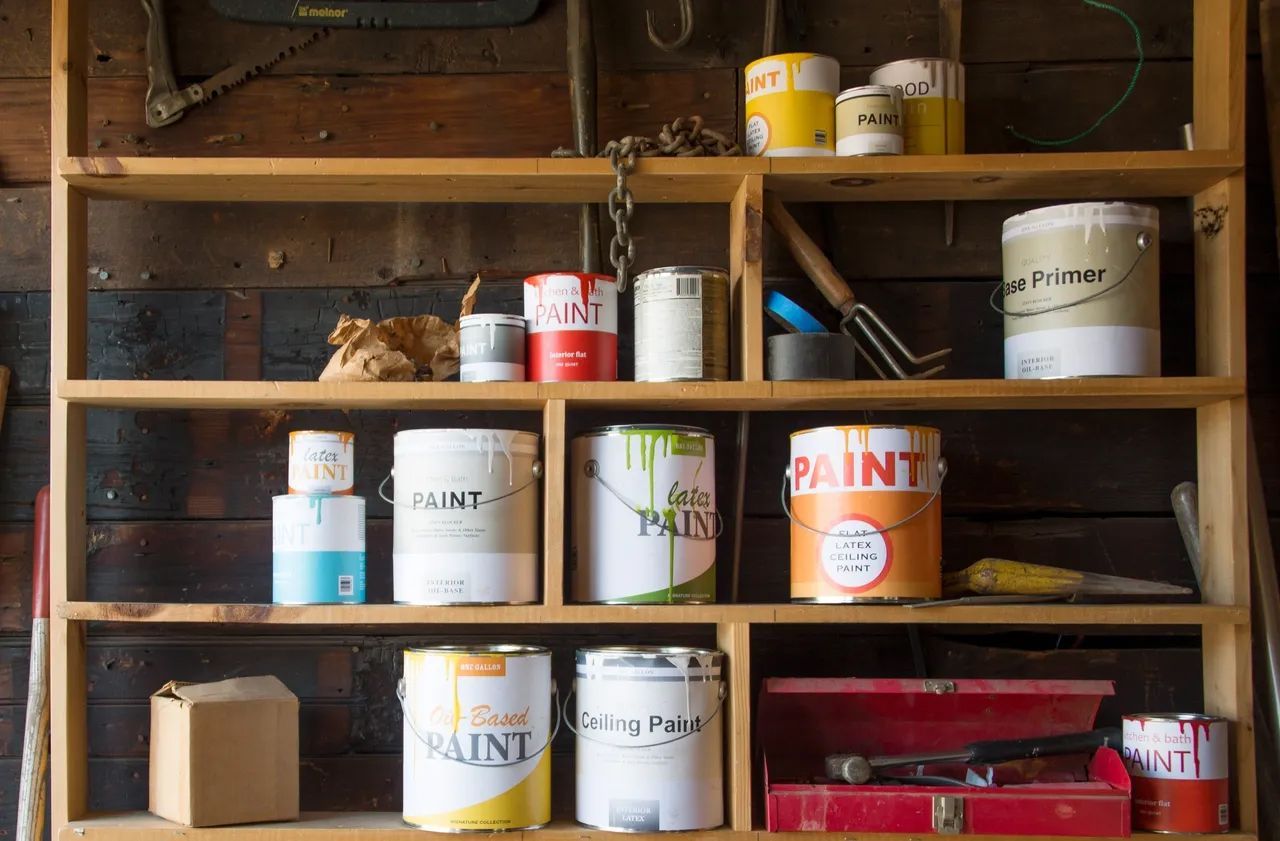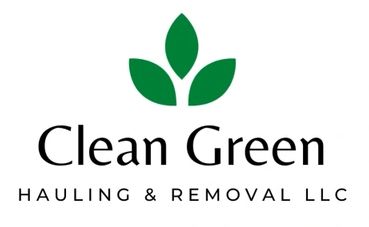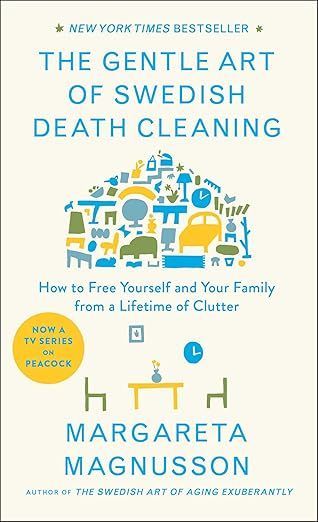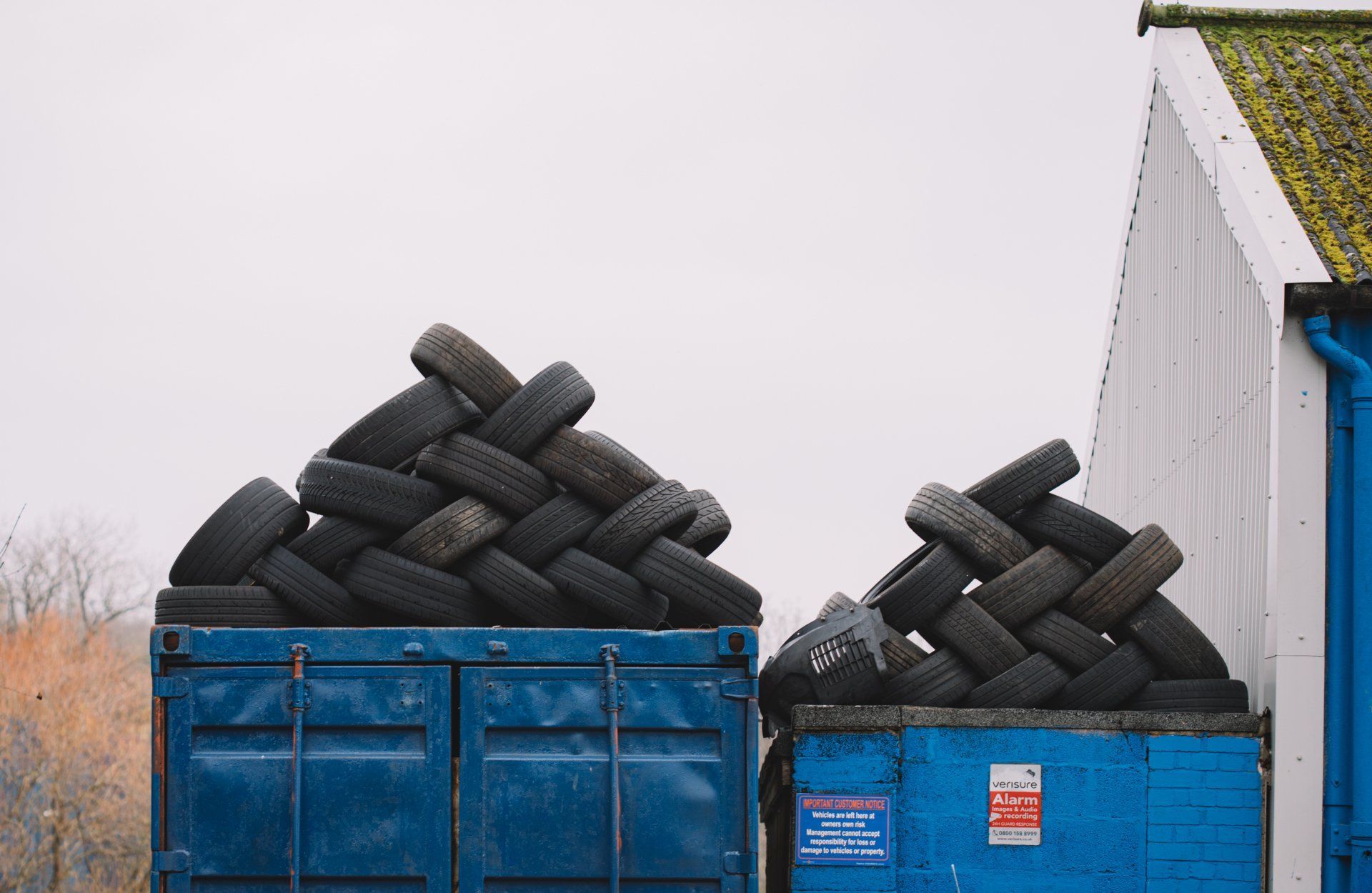The Five Levels of Hoarding
Help for Level 1 to Level 5 Hoarding
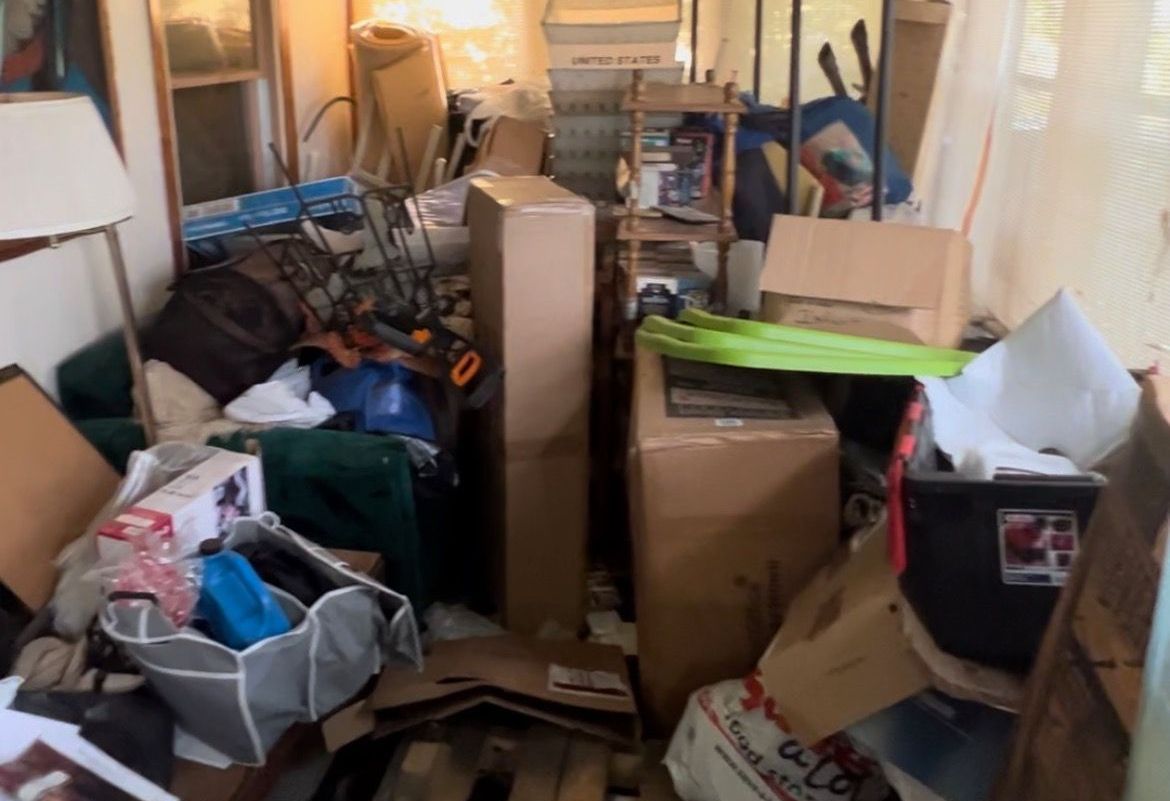
We’ve all seen the TV shows on compulsive hoarding – homes with three feet of garbage piled up on the floors, kitchens filled with rotting food and discarded cans, bathrooms with no running water, and mouse feces everywhere. While many of us may think “I’d never be able to live like that,” we wonder how things got that bad.
Often, the answer is that it’s easy. Slow-moving, imperceptible changes or hopeless situations result in unintended consequences. A family tragedy, bad decision, or unlucky break and that doll collection becomes a doll obsession, retail therapy becomes a shopping compulsion, and a messy kitchen becomes a dumping ground for waste.
The shift from clutter to hoard is not a one-size-fits-all situation. Not all hoarders are living amid mountains of trash, and not all circumstances result in a total clean-out or demolition of the property. Hoarding is a recognized disorder with multiple levels of severity. The Institute for Challenging Disorganization, a nonprofit educational organization, has developed the Clutter–Hoarding Scale® as an assessment tool to provide health and safety parameters related to hoarding. The Clutter-Hoarding Scale identifies five levels of household clutter that qualify as hoarding.
Level 1 Green – Low
A Level 1 home would be considered reasonably cluttered. Homes at this level have functional appliances, no evidence of rodents or pet waste indoors, and all rooms being used for their intended purpose. Most of us probably have parts of our home that could be categorized at a Level 1, like a mud room filled with kids’ sporting equipment, spare room that serves as a repository for out-of-season clothing, or basement workbench piled high with tools.
Level 2 Blue – Guarded
At this point, a professional organizer and house cleaner may be helpful. Level 2 homes have some nonfunctional appliances, pet waste and stains clearly visible, obstructions in the main living areas, and unsanitary kitchen and bathroom conditions. Level 2 homes are livable, but need some time and attention.
Level 3 Yellow – Elevated
A home identified as Level 3 is at the pivot point between a cluttered household and one that needs professional remediation. We recently cleaned out a house that was a Level 3; although it was habitable, there was no power or running water in the home and rodent waste was present. Level 3 homes may have insect infestations, structural damage, multiple nonfunctional appliances, blocked entrances and exits, stored items making some rooms unusable, and obvious lack of housekeeping. Professional intervention and a clean-out is most likely needed.
Level 4 Orange – High
Help from a variety of supports is needed in a Level 4 home. These homes may have clutter spilling outdoors with indoor items stored in the yard, significant structural damage, visible infestations of rodents, spiders, insects and other small animals, rotting food and strong kitchen odors, and the living area fully or partially inaccessible. Rehabilitating a Level 4 house takes a team of service providers to assist, which may include mental health professionals, social workers, financial counselors, pest and animal control officers, hazardous waste cleaners, and other licensed contractors.
Level 5 Red – Severe
A legally condemned home is often a Level 5 and exhibits severe hoarding. At this level, legal and civic authorities may be involved in addressing the issues, in addition to family members, mental health professionals, social workers, and other professional contractors. Level 5 homes may not be salvageable, and include irreparable structural damage, non-working water, sewer or electric systems, excessive clutter both indoors and outdoors, pervasive vermin infestations, blocked exits, nonfunctional appliances, human and animal waste, and generally uninhabitable conditions. A Level 5 home is not safe to live or work in, and needs to be safely addressed by trained professionals.
Help is Available
Progression from a Level 1 to a Level 5 is not inevitable, and numerous resources are available to help people conquer clutter and resolve a hoarding situation before it gets out of hand. The National Association of Professional Organizers offers tips on what to look for when hiring a professional organizer. A number of professional organizers operate locally, including Sarah B. Organized in Saratoga Springs and Peaceful Priorities Organizing in Ballston Lake.
Mental health counseling may be a crucial part of understanding the underlying issues for hoarding. Psychology Today has assembled a database of psychiatrists who specialize in hoarding counseling. New York State connects residents to resources through the NYConnects Hoarding Clean Up Program.
Family members and friends who are concerned that their loved one might be hoarding can look for a number of warning signs. If someone no longer invites friends and family into their house, has an uncharacteristically unkempt appearance, exhibits an unwillingness to discard items, displays anxiety about needing their items in the future, or seems to be struggling with keeping up with the housework and other simple household tasks, they may benefit from further intervention. The New York State Office for the Aging provides links to the OCD Foundation Hoarding Center and Children of Hoarders organizations, which offer valuable resources for affected families.
Clutter can quickly snowball from a nuisance into a genuine hazard, but remember that help is available. A combination of professional organizers, mental health professionals, social services organizations, and home service providers including junk removal professionals can help organize or remove excess items, make a home fully habitable, and provide guidance on maintaining it to live a safe and healthy life in the future.
